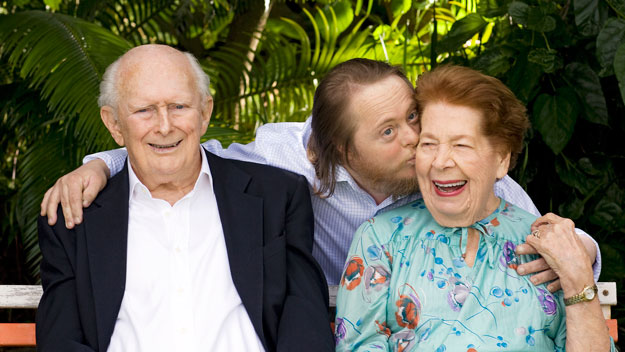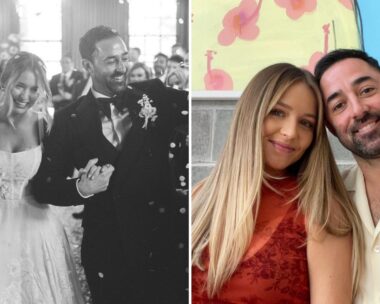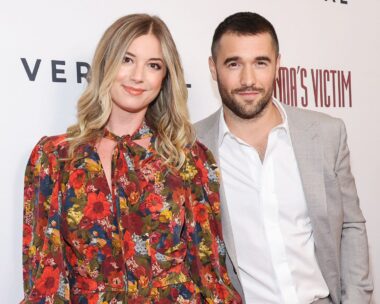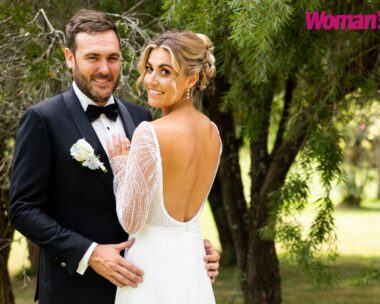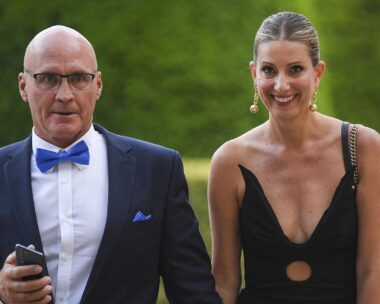Over 40 years ago, Kevin and Shirley Orr defied doctors and kept their baby with Down syndrome. Now, the caring roles have reversed and the real dilemma is this — what happens when Mum and Dad die?
Kevin Orr remembers well the joy running through the house the first day he brought his newborn son, Iain, home from the hospital.
It was 42 years ago, back in a time when children born with Down syndrome were routinely removed from their parents’ care.
In pictures: The beautiful faces of Down syndrome
“We were told it was best to send him to an institution,” recalls the 85-year-old Kevin.
“It would have been awful. I certainly can’t imagine my life without him. Looking back, he may have been the one thing that’s kept our family together.”
We’re sitting in the large family home in Blakehurst, in Sydney’s southern suburbs, that Kevin, a retired surgeon, shares with Iain.
It used to be filled with the noise of five children and was lovingly tended by Kevin’s wife and Iain’s mother, Shirley.
The children have all grown up and moved out and, in the last couple of years, dementia has forced Shirley to move into a nursing home.
The house was once Kevin’s domain, but he has since ceded control to Iain. The man whose stubborn determination to go against the prevailing medical wisdom of the time and raise his son has now come to rely on him. The carer has become the cared for.
“He insists on getting me ready for bed at night,” says Kevin, cataloguing his son’s capabilities.
“Iain’s very good at getting me a cup of tea and when we have a microwave meal, he puts mine in and gives it to me. He insists on doing that.”
“Because he always puts it in for three minutes,” interjects Iain. “And three minutes is too extreme. It’s smoking!”
When Iain was born and diagnosed with Down syndrome, Shirley wasn’t allowed to feed him. Doctors insisted that no contact be made between mother and child within the first few weeks and the family were advised to send Iain to an institution.
Yet, for the Orrs, their son wasn’t just disabled or handicapped, he was their beautiful boy deserving more than an institution to grow up in.
“We weren’t going to give up,” recalls Kevin. “He was going to be as good as he could be. We were quite determined.”
And so, as the years have progressed and thanks to the love and patience of his parents, Iain has forged a relatively independent life.
“In some ways, you could say it’s not really the best thing for a disabled person to stay at home and be bound from having their own life, but they’re definitely a close threesome,” says Iain’s eldest sister, Sandra, of her brother and parents.
Yet while the three of them maintain a close relationship, with Shirley visiting regularly, Kevin is well aware that Iain may soon be on his own. And it’s a thought that preoccupies him.
“Of course, you have concerns. He’s lived in this house his entire life, always with family, but I know he’ll be okay in the end. He’s quite incredible,” says Kevin.
“Iain doesn’t want to move from here and I don’t want the house to be sold. But it’s a big house for one person and Iain couldn’t live here on his own.”
With four siblings, 15 nieces and nephews and four great-nieces and nephews, Kevin knows Iain won’t be alone — but hopes one of his siblings will move in.
Meanwhile, though, the pair of them muddle along in their way, growing old together, their bond becoming greater with every week that passes.
Related: Why I give my four-year-old daughter viagra
When Shirley was still living at home and as dementia took hold, she was prone to mood swings, often lashing out at her husband. Iain, described by his family as a serial “mummy’s boy”, often sided with her.
Yet when the coast was clear and his mother was tucked in bed, the “mummy’s boy” would cuddle his father and softly say, “You understand”. And Kevin did.
Read more of this story in the December issue of The Australian Women’s Weekly.

